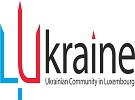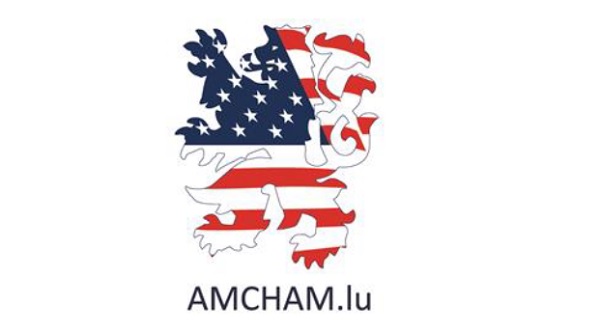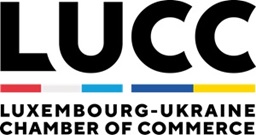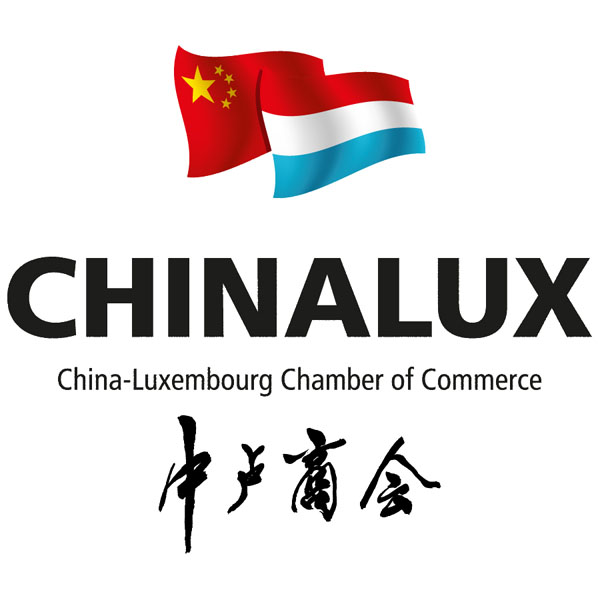 (L-R) Eric Thill, Luxembourg’s Minister for Culture; Patrick Dondelinger, responsible for intangible heritage at Luxembourg's Ministry of Culture;
Credit: Elza Osmane, Chronicle.lu
(L-R) Eric Thill, Luxembourg’s Minister for Culture; Patrick Dondelinger, responsible for intangible heritage at Luxembourg's Ministry of Culture;
Credit: Elza Osmane, Chronicle.lu
On Friday 17 October 2025, Luxembourg’s Ministry of Culture held an official ceremony and press conference to mark the International Day of Intangible Cultural Heritage, announcing five new elements that were officially added to the national inventory of intangible cultural heritage.
The ceremony, led by Minister for Culture Eric Thill and attended by members of cultural institutions and community groups, celebrated local traditions that reflect Luxembourg’s cultural heritage and collective memory, with the minister handing out certificates to the representatives of each newly recognised tradition.
The aim was to highlight the value of practices passed down through generations and to encourage their preservation for the future.
The five newly inscribed elements are:
- Kënnbakesteeën - community auctions of traditional boundary beacons;
- Fäsche maachen - the traditional craft of binding firewood bundles used to heat baking ovens;
- Louschläissen - the sustainable oak bark-stripping practice;
- D’Kultur vun de Bongerten - the cultivation of high-stem fruit orchards;
- Liichte goen - the Candlemas lantern tradition celebrated by children.
During his speech, Minister Thill underlined that these practices “connect people with their roots and keep our heritage alive.” He also thanked the associations and volunteers whose commitment “helps ensure our traditions are not only preserved but also passed on.”
Speaking with Chronicle.lu, Minister Thill underlined the importance of collaboration between society, government and communities and emphasised the significance of remembering the country’s identity and shared values: “I think that’s pretty important these days, not to forget what Luxembourg is about: our values, our traditions.”
Patrick Dondelinger, responsible for intangible heritage at Luxembourg’s Ministry of Culture, added: “We are stressing more participation from the bearing communities, and also that it becomes more visible in schools and educational institutions [...] But the initiative must come from the people and local clubs.”
The initiative forms part of the national programme to safeguard intangible cultural heritage, established by the law of 25 February 2022.
With these five additions, the national inventory now includes 21 elements in total, representing a growing list of customs, crafts and community practices that showcase Luxembourg’s cultural diversity and creativity.
The national inventory of intangible cultural heritage recognises traditions, skills and expressions that form part of Luxembourg’s cultural identity. It is managed by the Ministry of Culture with advice from the Cultural Heritage Commission (COPAC) and aligns with the UNESCO Convention for the Safeguarding of the Intangible Cultural Heritage.
For more information about the inventory, see https://iki.lu/
EO








